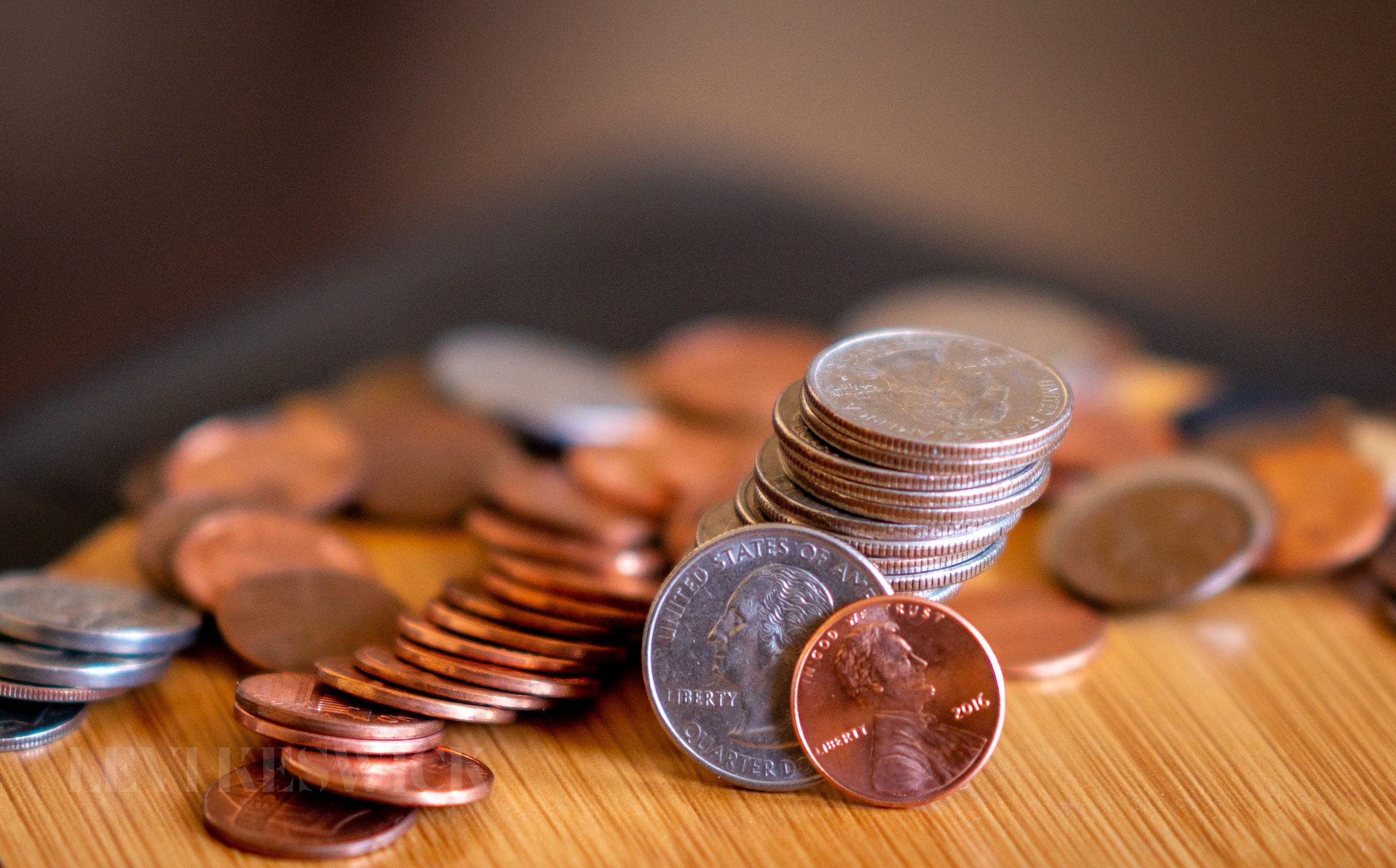Key takeaways:
- Understanding the importance of condition, grade, and full steps for evaluating the value of a 1985-D Jefferson Nickel.
- The scarcity of 1985 nickel errors leads to increased interest and value among collectors.
- The journey of Jefferson Nickels’ design, composition, and mint marks throughout the years.
Introduction: The Worth of the 1985-D Jefferson Nickel
In the riveting world of coin collecting, every small detail can dramatically impact a coin’s value. For Jefferson Nickel, specifically the 1985-D variant, the value hinges on factors like its condition, grade, and the clearness of the steps on the reverse design, a characteristic known as Full Steps (FS). However, coins with clearly struck Full Steps are relatively rare, adding to their allure and value among collectors.
Coins in nearly uncirculated (AU) or lesser condition commonly fetch values ranging from 5 to 10 cents. However, uncirculated raw examples can garner over 50 cents. These values are loosely based on coins already graded or encapsulated by established grading services like PCGS and NGC, yet rarely consider the values of common, raw, and circulated coins.
Delving into the Composition of Jefferson Nickels
The metallic composition of a coin is an essential aspect that contributes to its value. Contrary to popular belief, Jefferson Nickels are not made of silver but comprise mainly copper, with a fraction of nickel lending them their ‘silver’ appearance.
The exception to this rule was during the years 1942-1945 when the nickels contained 35% silver and 75% copper due to the critical need for nickel during the war. The distinctive feature of these silver nickels is the presence of a large mint mark above the Monticello monument on the coin’s reverse.
Spotting the 1985 Nickel Errors
1985 nickel errors are particularly intriguing due to their rarity. These errors may include die breaks, double dies, overdates, and more. Coin errors significantly increase the value of the coin among collectors, particularly if the errors are rare or unique. The 1985 nickel errors, due to their relative scarcity, are a much-coveted gem in a coin collector’s trove.
Mint Marks and Designs: Deciphering the Story of the Jefferson Nickel
The Jefferson Nickel has undergone several changes in its design and mint mark placement over the years. From 1938 to 1942, the nickel planchets were designed by Felix Schlag, whose initials (FS) were added below Jefferson’s bust in 1966.
The coin has a diameter of 21.2 millimeters, and it weighs 5 grams. The metal content is typically 75% copper and 25% nickel, giving the coin its characteristic edge. The mint mark is placed to the right of the building on the reverse, with the symbols varying according to the minting location: None for Philadelphia, S for San Francisco, and D for Denver.
During the War-Time years of 1942 through 1945, the mint mark was placed on the reverse to denote the only silver nickels produced during this period. No mint marks were included for the years 1965, 1966, and 1967. From 1968 onwards, the mint mark was moved to the obverse, below the date.
Conclusion: The Fascinating Journey of the 1985 Nickel Errors
The 1985 nickel errors, coupled with the complex journey of the Jefferson Nickel’s evolution, make this coin a valuable asset and an interesting study for numismatics enthusiasts. The intricate play of condition, grade, and full steps, coupled with the rarity of errors, significantly influences the value of these coins. Whether you’re a seasoned collector or a beginner, the intriguing world of Jefferson Nickels, particularly the 1985-D version, is sure to captivate your interest. Happy coin hunting!








